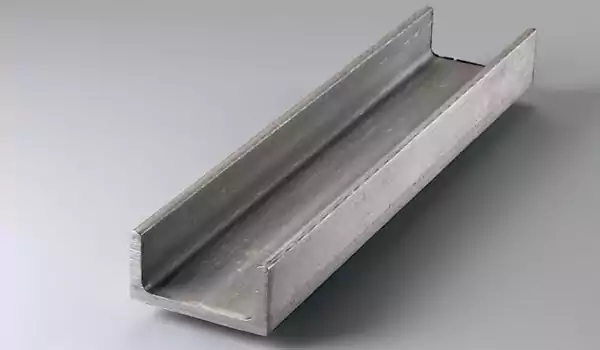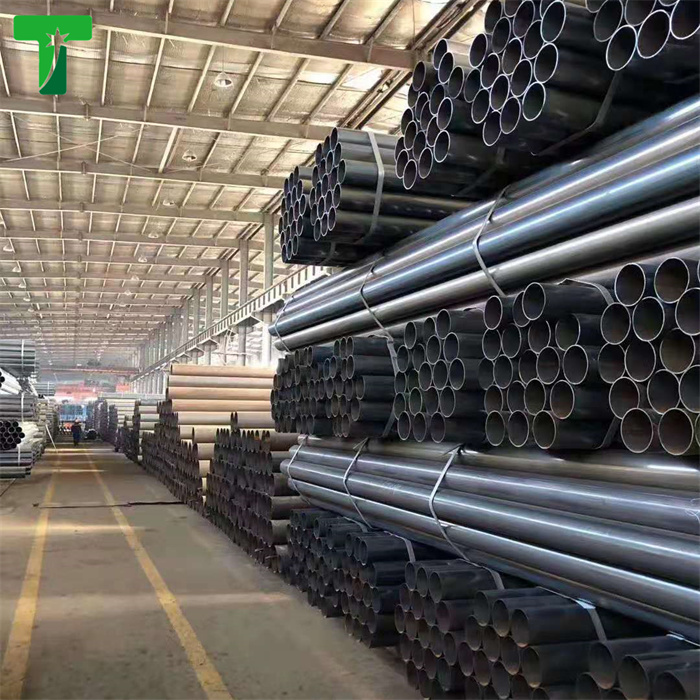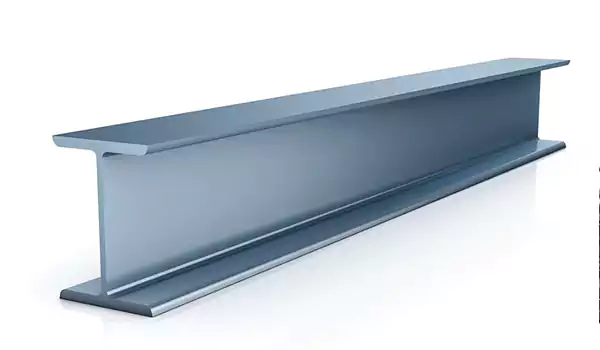
Channel steel
A36 Steel Channel is a hot rolled, mild steel structural C shape with inside radius corners that is ideal for all structural applications, general fabrication, manufacturing and repairs. Steel Channel is widely used in industrial maintenance, agricultural implements, transportation equipment, truck beds, trailers, etc. Its C-shape or U-shape configuration is ideal for added strength and rigidity over steel angle when your project's load is vertical or horizontal. This steel shape is easy to weld, cut, form and machine with the proper equipment and knowledge.
|
STEEL CHANNEL TOLERANCES (+/-) |
||||||
|
Channel Size |
Depth of Channel |
Flange Width |
Straightness in 10 feet |
Lengths +/- |
Flange Out of Square |
|
|
|
|
|
|
Custom Cut |
Standard |
|
|
1/2" to 1-1/2" |
1/32" |
1/32" |
1/4" |
1/16" |
1/4" |
1/32/ inch of width |
|
1-1/2" to 3" |
1/16" |
1/16" |
1/4" |
1/16" |
1/4" |
1/32 / inch of width |
|
3" to 7" |
3/32" |
1/8" |
1/4" |
1/8" |
1/4" |
1/32 / inch of width |
|
7" to 14" |
1/8" |
1/8" |
1/4" |
1/8" |
1/4" |
1/32 / inch of width |
|
over 14" |
3/16" |
1/8" |
1/4" |
1/8" |
1/2" |
1/32 / inch of width |
Chemical Composition of Channel Steel (Mass Fraction, ≤ %)
|
Standard Grade |
C (Carbon) |
Si (Silicon) |
Mn (Manganese) |
P (Phosphorus) |
S (Sulfur) |
|
GB/T 706-2016 Q235B |
0.12-0.20 |
≤ 0.30 |
0.30-0.70 |
≤ 0.045 |
≤ 0.045 |
|
GB/T 706-2016 Q355B |
≤ 0.18 |
≤ 0.55 |
1.00-1.60 |
≤ 0.035 |
≤ 0.035 |
|
ASTM A36 |
≤ 0.25 |
≤ 0.40 |
0.85-1.20 |
≤ 0.040 |
≤ 0.050 |
|
EN 10025-2 S235JR |
≤ 0.17 |
≤ 0.35 |
≤ 1.40 |
≤ 0.045 |
≤ 0.045 |
|
EN 10025-2 S355JR |
≤ 0.20 |
≤ 0.55 |
≤ 1.60 |
≤ 0.035 |
≤ 0.035 |
Mechanical Properties of Channel Steel
|
Standard Grade |
Yield Strength (Rp0.2, ≥ MPa) |
Tensile Strength (Rm, MPa) |
Elongation After Fracture (A, ≥ %) |
Impact Absorption Energy (KV2, ≥ J) |
Application Notes |
|
GB/T 706-2016 Q235B |
235 |
375-500 |
26 |
≥ 27 (at 20℃) |
General structural purposes: building frames, machinery brackets, transport equipment components |
|
GB/T 706-2016 Q355B |
355 |
470-630 |
22 |
≥ 34 (at 20℃) |
Medium-high strength structural scenarios: heavy-duty machinery, engineering machinery, high-rise building load-bearing parts |
|
ASTM A36 |
250 |
400-550 |
20 |
≥ 27 (at room temperature) |
Widely used in North American markets: bridges, buildings, pressure vessels (non-critical), steel structures |
|
EN 10025-2 S235JR |
235 |
360-510 |
26 |
≥ 27 (at 20℃) |
European standard structural steel: industrial plants, civil buildings, light-duty mechanical structures |
|
EN 10025-2 S355JR |
355 |
470-630 |
22 |
≥ 34 (at 20℃) |
European medium-strength steel: offshore structures, heavy engineering, crane booms |
Notes:
The data above complies with the latest versions of the corresponding standards (as of May 2024). For special grades or customized requirements, refer to official standard documents or contact steel manufacturers for detailed specifications.
Impact absorption energy is tested under normal temperature (20℃) conditions. For low-temperature (-20℃, -40℃) requirements, select grades with suffixes like "D" or "E" (e.g., Q355D, S355JO) and refer to specific standards for matching indicators.
Mechanical properties are based on the channel steel’s delivery state (usually hot-rolled). Heat treatment (e.g., quenching and tempering) will alter mechanical properties, requiring separate testing for verification.
For applications in corrosive or high-temperature environments, additional anti-corrosion treatment (e.g., galvanizing) or heat-resistant steel grades are recommended. This table does not include corrosion resistance or high-temperature performance indicators.

Your email address will not be published. Required fields are marked with *



Their products are of excellent quality and they offer generous discounts. This is their third cooperation